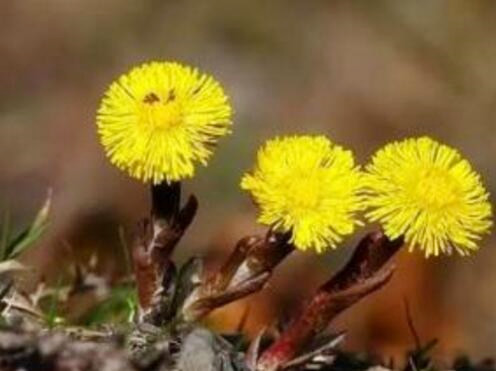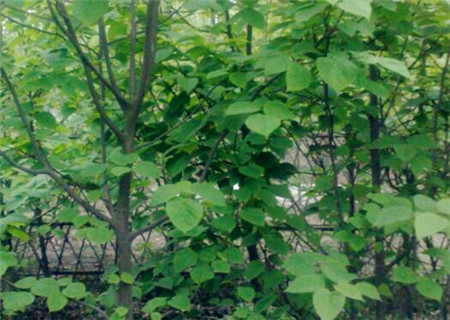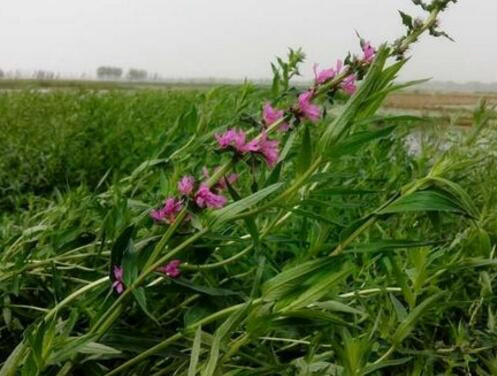How much is the price of Compositae winter flowers per jin? How to plant it? How do you eat it? What are the effects and effects?
Winter flower, alias winter flower, beedol or dandelion, belongs to the genus Compositae. Distributed in Northeast, North China, East China, Northwest China and Hubei, Hunan, Jiangxi, Guizhou, Yunnan, Xizang and other places. So, how much is the price of winter flower per jin? How to plant it? How do you eat it? What are the effects and effects? It is understood that the price of winter flower is 70-80 yuan per jin, and the price varies greatly in different regions.

How to plant winter flowers?
1. Land selection and preparation: it is appropriate to choose sandy loam with loose, fertile, moist, good drainage and irrigation conditions for planting. Shandong chooses the so-called "Night Chao soil" as the best choice. Avoid continuous cropping to avoid serious disease. When preparing the soil, apply circle fertilizer or soil fertilizer about 4000kg per mu, and turn it into the soil carefully. Turn the soil about 20cm, rake fine, level, and make a bed for planting.
two。 Propagation method: propagate with underground rhizome. When picking flowers in winter, the rhizome is buried in the sand, leaving the rhizome for planting. The next year, mid-March, late March or winter planting should be from October to early November, spring planting from the stored rhizome to select disease and insect-free, sturdy, yellow-white rhizome for planting. Too tender and slender rhizome and rhizome tip, not suitable for planting. Winter planting is planted along with harvesting and planing. Whether planted in spring or winter, cut the rhizome into small segments of 7~8cm, each section retained 2-3 nodes, covered with wet sand to avoid air-drying, can be taken along with planting.
Planting is often planted in strips or holes. The row spacing of hole planting is 30~35cm, the depth of ditch is 7~1Ocm, and the distance of acupoint is 23~27cm. Each hole is triangular, put the rhizome 3 segments, flat in the ditch, covered with soil 4cm, compacted. Strip planting according to row spacing 27cm, furrow depth 7~1Ocm, put a section of rhizome every 10~13cm, cover soil compaction. When the temperature and humidity are suitable, the seedlings usually emerge in 15-20 days. Planting 35kg with rhizome per mu. After planting, appropriate planting corn for shade, in order to facilitate the growth of winter flowers.
3. Watering and loosening the soil: before the seedlings are unearthed, if the soil is dry, water them properly. When dry and wet are appropriate, the topsoil can be loosened to preserve soil moisture and seedling emergence. After the seedlings are unearthed, loosen the soil shallowly to avoid root damage. After the emergence of the seedlings, generally less watering, so as to squat seedlings. If it is too dry, the leaves will collapse and should be watered properly. Loosen the soil after rain or watering to keep the soil loose and weed-free. Pay attention to timely drainage and waterlogging prevention in the rainy season to prevent stagnant water in the ground. Especially after the rain in hot summer, well water should be poured in time to cool down, so as to prevent the plants from burning to death.
4. Leaf thinning ventilation: the temperature increased from June to July. The leaves of Didong extend very fast, so the withered yellow and overdense overlapping leaves can be cut off from the base of the petiole with scissors to facilitate ventilation and light. Do not tear with your hands when cutting leaves. In the future, if the leaves are too dense, they should still be thinned. The old leaves can be cut off in the first and middle of September, and only pay attention to 3 or 4 leaves.
5. Topdressing: winter likes fertilizer, but no topdressing in spring and summer to avoid excessive growth of stems and leaves. Topdressing can be carried out in early August after "the Beginning of Autumn". Circle fertilizer is about 1500kg per mu and phosphorus and potassium fertilizer 50kg is about to promote the formation of flower buds. Spread the fertilizer next to the plant, and then cultivate the soil to cover it.
6. Cultivate the soil: in order to prevent the buds from exposing to the ground, cultivate the soil frequently. For the first time, when the flower buds were not formed before and after "White Dew", in the early and middle of August, combined with topdressing, it was appropriate not to cover the leaves. The second soil cultivation is in early October. The soil is taken from the rows and cultured on the main stem. Do not cover the leaves. The third time of soil cultivation was in early November, and the whole plant was tightly covered.
7. Intercropping shade: winter flowers like shade, can be in the east-west winter flower field every two rows of corn, shade for winter flowers, can achieve a bumper harvest of grain and medicine.
How to eat the winter flowers?
1. Style winter bean bubble roll: cut the winter into bean bubble size roll in the bean bubble, add soup, cooking wine, oil and other Jiong boil.
two。 Minced winter meat: cut the meat into small pieces, stir-fry the meat in the pan and add it to the soup, wine and salt.
3. Winter Chicken Rice: cut the chicken into oblique slices, cut into sections, add soup and cooking wine, season with oil and cook into rice.
4. Cold winter: crush the peanut kernels, add sesame seeds and walnuts, sprinkle on the mourning winter, and season with sweet noodles.
What are the effects and functions of winter flowers?
1. Moistening the lower qi of the lungs: it can be used for lung distension, lung impotence, pulmonary tuberculosis, lung carbuncle and other syndrome. (1) for lung impotence, because lung qi is weak, qi does not transform Jin, body fluid is salivating, saliva is seen, clear and sparse, not thirsty, shortness of breath, fatigue, this product is used for invigorating spleen dryness and dampness, such as Radix Astragali, Codonopsis pilosula, Atractylodes macrocephala, yam, Coix seed, etc. (2) it is used for lung abscess, that is, lung abscess, it can be used with Reed root, Coix seed, peach seed, wax gourd seed, etc. (3) for lung distension, that is, emphysema, it can be used with Radix Pseudostellariae, Radix Astragali, Polygonatum odoratum, Radix Glehniae, Radix Ophiopogonis and so on.
two。 Relieving cough and relieving asthma: winter flower has the effect of warming cold phlegm, moistening the lung and nourishing yin, resolving phlegm and relieving cough. it can treat cough and asthma caused by cold evil attacking the lung. For phlegm cough asthma, not as expected, it can be used with fried ephedra, almonds and Sula; if coughing with blood, it can be used with lily honey pills; if used to treat sudden cough, it can be used with almonds, Fritillaria and Schisandra chinensis.
Time: 2019-03-19 Click:
- Prev

When does the national first-class protected plant "Davidia involucrata" bloom? What is the main place of origin? What are the planting prospects? (
Davidia involucrata has been listed as a national first-class key protected wild plant, a single genus endemic to China, a relict plant, and a famous ornamental plant in the world. So when does Davidia involucrata blossom? What is the main place of origin? What are the planting prospects? The blooming time of Davidia involucrata flowers usually bloom in April.
- Next

In which month does it blossom? How to plant it? How do you eat it? What are the effects and effects?
It is grown all over China and is also cultivated in Algeria, North America and southeastern Australia in Asia, Europe, Africa and Algeria. It has high edible and medicinal value. So, in which month will it blossom? How to plant it? How do you eat it? What are the effects and effects? How many months is it in blossom?
Related
- Fuxing push coffee new agricultural production and marketing class: lack of small-scale processing plants
- Jujube rice field leisure farm deep ploughing Yilan for five years to create a space for organic food and play
- Nongyu Farm-A trial of organic papaya for brave women with advanced technology
- Four points for attention in the prevention and control of diseases and insect pests of edible fungi
- How to add nutrient solution to Edible Fungi
- Is there any good way to control edible fungus mites?
- Open Inoculation Technology of Edible Fungi
- Is there any clever way to use fertilizer for edible fungus in winter?
- What agents are used to kill the pathogens of edible fungi in the mushroom shed?
- Rapid drying of Edible Fungi

